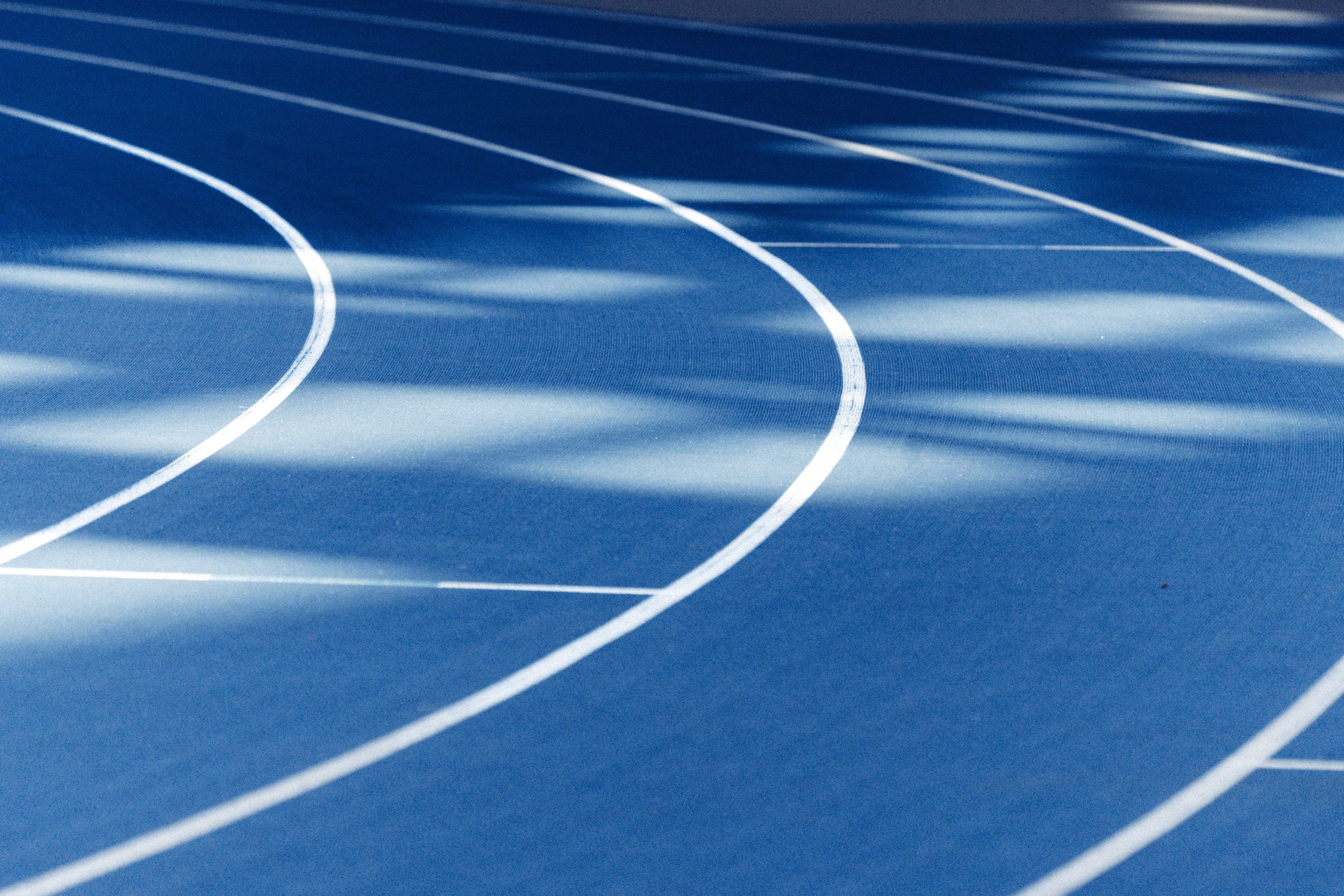
PAEDIATRIC CONDITIONS
Paediatric orthopaedics focuses on diagnosing, treating, and managing musculoskeletal conditions and injuries specific to children and adolescents. These conditions require specialised care due to the unique growth and development factors affecting young patients.
Paediatric Foot & Ankle conditions
There are a number of conditions that can effect children’s feet leading to pain and deformity. Congenital Talipes Equinovarus (Clubfoot), flat foot, toe deformities, high arched feet and toe walking are common foot conditions we see in the paediatric orthopaedic clinic. Often these conditions can be treated without surgery but a proportion will require surgical intervention. We will access your child and determine the best management plan for them.
This category includes congenital and acquired conditions affecting foot and ankle function in children:
Clubfoot (Congenital Talipes Equinovarus): A congenital deformity where one or both feet turn inward and downward. It occurs in about 1 in 1,000 births, affecting boys more frequently. Early treatment involves gentle manipulation, casting, and surgery may be required if casting fails or if the deformity recurs with growth.
Flat Feet (Pes Planus): Characterised by reduced or absent arches in the feet, flat feet can cause pain and affect walking. Treatment may involve supportive footwear, orthotic inserts, stretching exercises, or in severe cases, corrective surgery.
Tarsal Coalition: An abnormal communication between bones in the foot which can be associated with a flat foot. Surgical resection may be required for treatment.
Accessory Navicular: Painful accessory bone in the foot which can require surgical intervention for treatment.
Metatarsus Adductus: A condition that involves the inward curvature of the forefoot (the front half of the foot), while the hindfoot remains normal. It can often be caused due to the baby’s position in the womb.
Intoeing: commonly known as "pigeon-toeing," is a condition where a child's feet turn inward when walking or running. It is a frequent concern among parents but is usually a normal variation of childhood development. In most cases, intoeing resolves on its own without the need for treatment.
Paediatric Knee conditions
Often problems around the knee occur due to injury during sports. This can lead to injury to the ligaments in the knee, dislocation of the knee cap, damage to the meniscus or damage to the cartilage of the knee. In some instances these conditions can be treated without surgery but often surgery is required for the best outcome.
Knee problems can also occur without injury due to abnormal tracking of the knee cap and rotational abnormalities in the lower limb. In the paediatric population cartilage defects can occur without trauma and lead to knee pain and difficulty with sports. We will access your child clinically and determine the best management plan to determine the source of the pain and the best treatment option for them.
Common knee problems in paediatric patients includes:
Osgood-Schlatter Disease: Occurs during growth spurts, causing pain and swelling below the kneecap where the tendon attaches to the shinbone (tibia). Management includes rest, ice, activity modification and physiotherapy until growth plate closure resolves symptoms.
Patella Instability: The kneecap (patella) shifts out of place, causing pain, swelling, and instability. Treatment ranges from physical therapy to surgical realignment for recurrent dislocations.
Meniscal Tears: Tears in the knee's shock-absorbing cartilage, often due to twisting or trauma. Treatment varies based on tear severity, from conservative measures to surgical repair.
ACL Injuries: Often occurring during sports, the ACL can become torn which can lead to instability of the knee. The growth plate adds another level of complexity of ACL tears in paediatric patients.
Osteochondral Defects: These involve damage to joint cartilage and underlying bone, often affecting knees and ankles. Symptoms include joint pain, swelling, and limited motion, often following trauma or overuse. Treatment options include activity restriction and observation but surgical intervention such as antegrade drilling, microfracture, fixation of loose fragments or even cartilage transplantation is needed to promote healing and restore function.
Paediatric Hip Conditions
Developmental Dysplasia of the Hip (DDH)
Developmental Dysplasia of the Hip (DDH) is a complex condition where the hip joint does not develop normally during infancy or early childhood. It encompasses a spectrum from mild hip instability to complete dislocation
More about DDH
Risk Factors: Babies born in breech position are at higher risk, as are those with a family history of DDH. Girls are more commonly affected than boys, especially the first born.
Signs and Symptoms: DDH may present with a clicking or clunking sensation in the hip joint, limited range of motion, or asymmetry in the folds of the thighs or buttocks, and limb length differences.
Diagnosis: Diagnosis often involves a physical examination by a paediatric orthopaedic specialist. Imaging studies such as ultrasound or X-rays may be used to confirm the diagnosis and assess the severity of hip dysplasia.
Treatment Options: Early detection and treatment are crucial to prevent long-term complications such as osteoarthritis and chronic hip problems. Treatment options depend on the child's age and the severity of the condition:
Brace Management: This is a common treatment for infants up to six months old, designed to keep the hip joint in the correct position for normal development.
Closed or Open Reduction and Spica Casting: For older infants, closed or open reduction of the hip may be performed to manipulate the hip joint back into place under anaesthesia, followed by a spica cast to maintain proper alignment during healing.
Surgical Interventions: In severe cases or when other treatments fail, surgical procedures such as open reduction and osteotomy (reshaping of the hip socket and proximal femur) may be necessary to improve hip stability and function in the older child.
Long-Term Outlook: With early diagnosis and appropriate treatment, the majority of children with DDH can achieve normal hip development and function. Regular follow-up with a paediatric orthopaedic specialist is essential to monitor growth and ensure optimal outcomes.
Perthes Disease
Perthes Disease is a condition caused by disruption of the blood supply to the head of the femur. The treatment options for this condition are variable and range from activity modification and physiotherapy to surgery to contain the hip. We will access your child clinically and with x-rays to determine the best management plan for them.
Slipped Capital Femoral Epiphysis
Slipped Capital Femoral Epiphysis is a condition where there is a weakness in the growth plate and the ball of the femur slips off the neck of the femur which can lead to disruption of the blood supply. Early surgical treatment of this condition is essential to optimise outcome.
Limb Deformity & Limb Length Discrepancy
The causes of limb deformities and limb length discrepancies can be congenital or secondary to an acquired cause such as trauma to the growth plate or infection. In some instances the degree of deformity is mild and no surgical intervention is required. In other cases the growth plate can be modulated with surgery to guide the growth of the limb and correct the limb length discrepancy or deformity of the leg.
These conditions affect limb alignment and length:
Limb Deformity: Common types include bowlegs (genu varum) or knock-knees (genu valgum). Treatment may involve observation alone as alignment problems can improve with growth, or surgical correction may be needed for severe or persistent cases.
Limb Length Discrepancy: Differences in limb lengths can impact posture and function, causes can be congenital or acquired (trauma or infection). Treatment ranges from monitoring growth to surgical procedures like limb lengthening or shortening.
Symptoms and Diagnosis
Symptoms of paediatric orthopaedic conditions vary but may include pain, swelling, deformity, or difficulty with movement. Diagnosis typically involves a thorough physical exam, imaging (X-rays, MRI), and sometimes blood tests for inflammatory conditions.
Next Steps
When a child has limited growth remaining or the the deformity is severe more extensive surgery can be required to correct the deformity. We will access your child clinically to determine the cause of the deformity or limb length discrepancy and formulate the best treatment plan for them.
For more information or to schedule an appointment, please contact Ortho Specialist Centre on (03) 9088 2988. Our paediatric orthopaedic specialist provides comprehensive care tailored to children's unique needs, ensuring optimal musculoskeletal health and function.
Orthopaedic Problems in Children with Neuromuscular Conditions
Neuromuscular conditions such as cerebral palsy can cause imbalance and weakness of the muscles in the lower and upper limbs. This can lead to orthopaedic problems in the hips, knees, and feet leading to difficulties with walking.
This is a very specialised area of paediatric orthopaedics. We can access your child clinically and determine the best management plan for them. Often a multi disciplinary approach including paediatricians, rehabilitation doctors, neurologists, physiotherapist and occupational therapists are required. Gait analysis may also be required to determine the best orthopaedic interventions. Patients requiring surgical intervention may require referral to the neuromuscular services at the Royal Children’s Hospital to meet their specialist needs.


